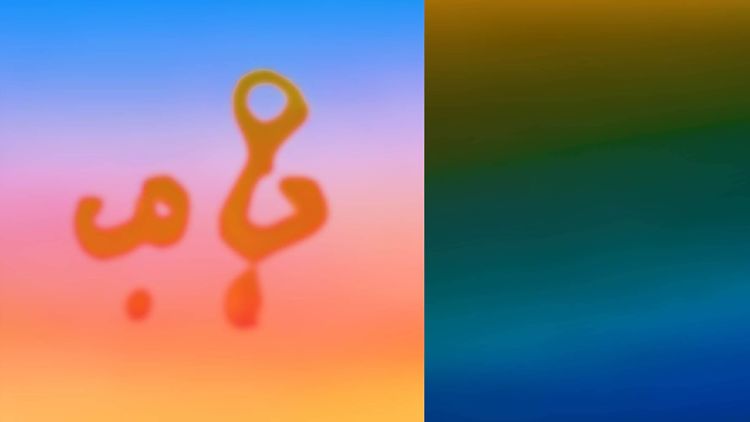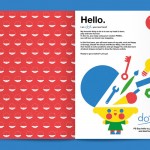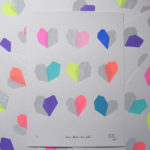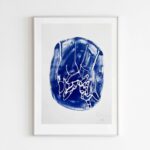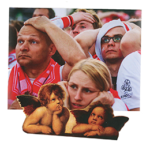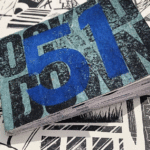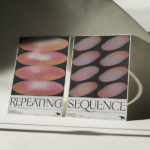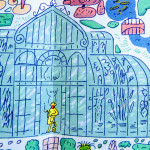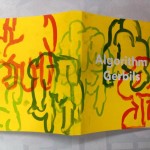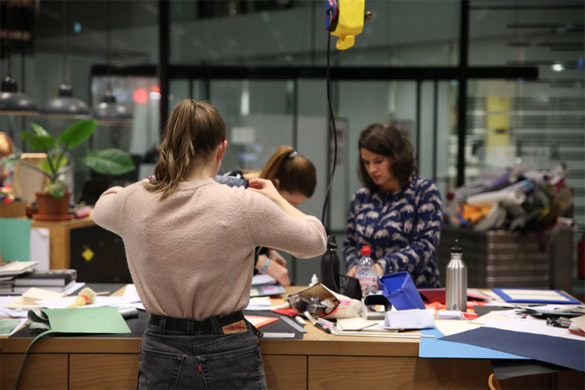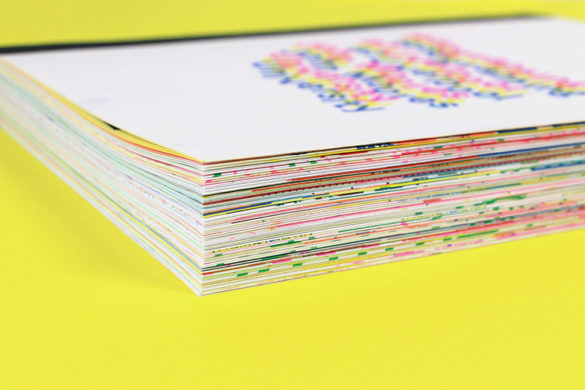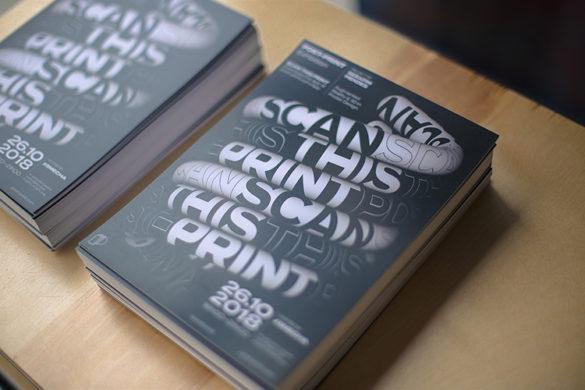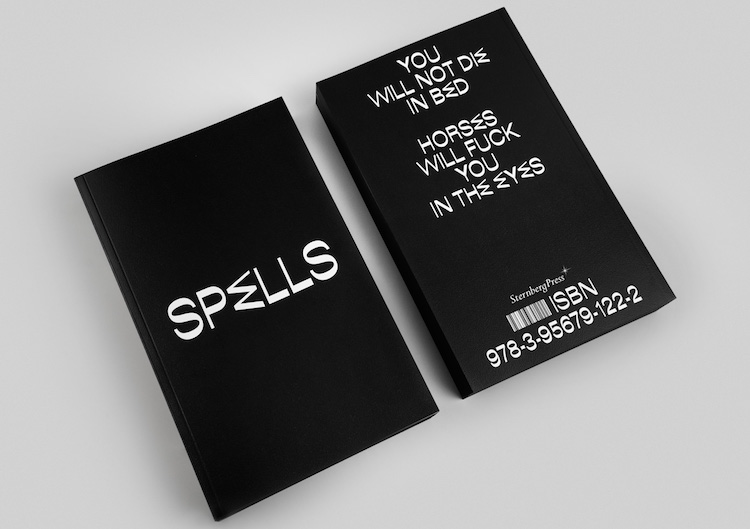We’re big fans of the vibrant, psychedelic-leaning visual identity for this year’s Central Saint Martins Graduate Showcase, which is currently online showcasing work from across the London art school.
Taking the theme ‘bloom’, the identity uses machine learning to create emerging translations of the word to create a visual and thematic focus on ideas around growth and joy.
As with every year at CSM, the identity was created by students from BA Graphic Communication Design course. The 2021 designers are Tom Bugg, Jann Choy, Betty Lu, Jessie Zhang and Max Zimmerer, who are now known collectively as Applied Logic.

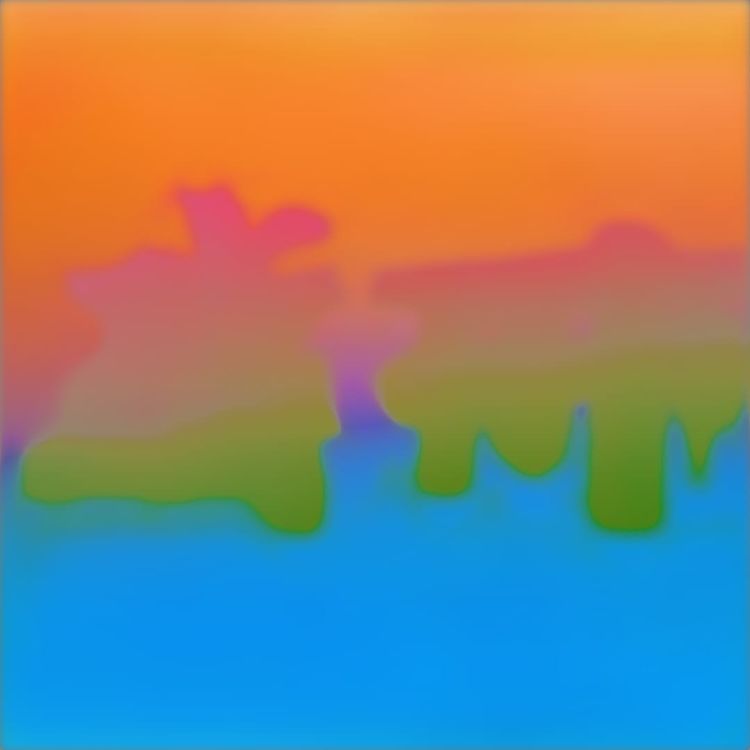 The team met while studying on the Creative Computing Diploma at UAL’s Creative Computing Institute, which is an elective year taken up between second and third year.
The team met while studying on the Creative Computing Diploma at UAL’s Creative Computing Institute, which is an elective year taken up between second and third year.
It was decided that the identity would be created through processes based on Generative Adversarial Networks, or GANs, “a process of machine learning in which two models are set against each other and through that relationship become more precise or powerful,” as CSM explains it.
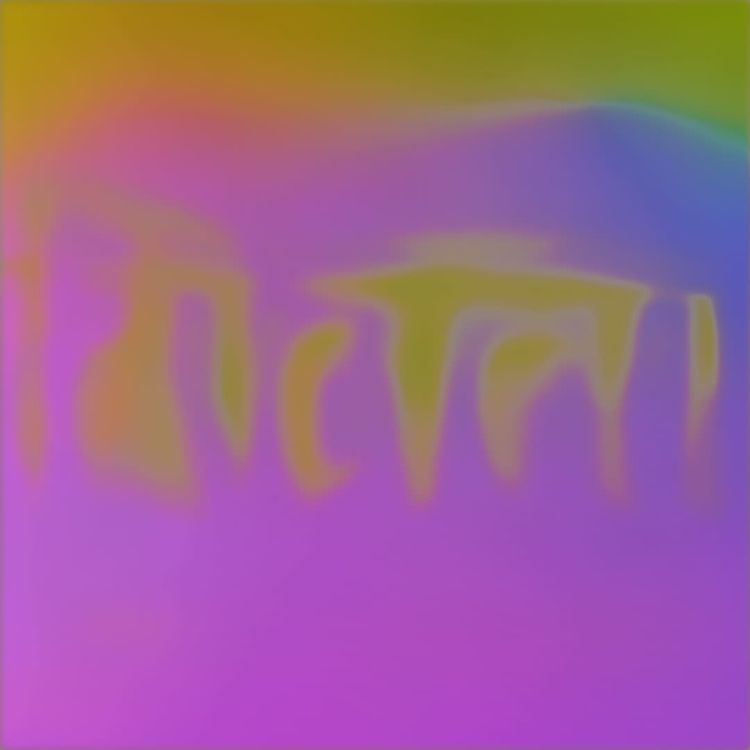
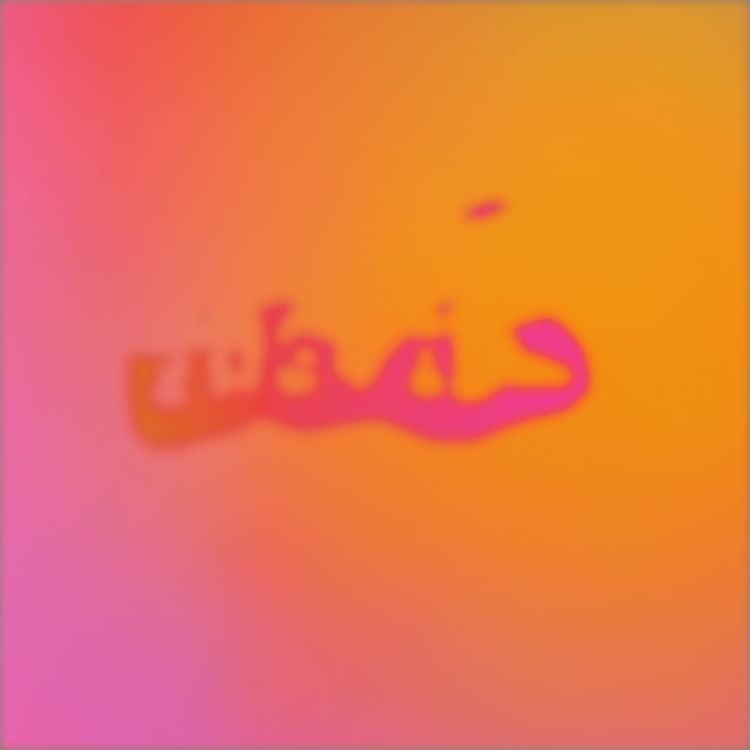 “We were looking at GANs, and we could see it searching, getting data and deciding what it wants more of,” Jann Choy told the college. “It exactly represents what we were going through as students.”
“We were looking at GANs, and we could see it searching, getting data and deciding what it wants more of,” Jann Choy told the college. “It exactly represents what we were going through as students.”
A key concern for the design team was to represent the plurality of the CSM community within a single design, and so it opted to take a multi-lingual approach. As such, the designs were based on translations of the word “bloom”, with staff and students contributing a total of 35 translations that were fed into the GAN.
“This year, everyone was in different countries and time zones and we wanted to acknowledge that,” says Choy. “Having different languages really cemented the idea that it’s not just you but our whole community that’s growing together from different parts of the world.”
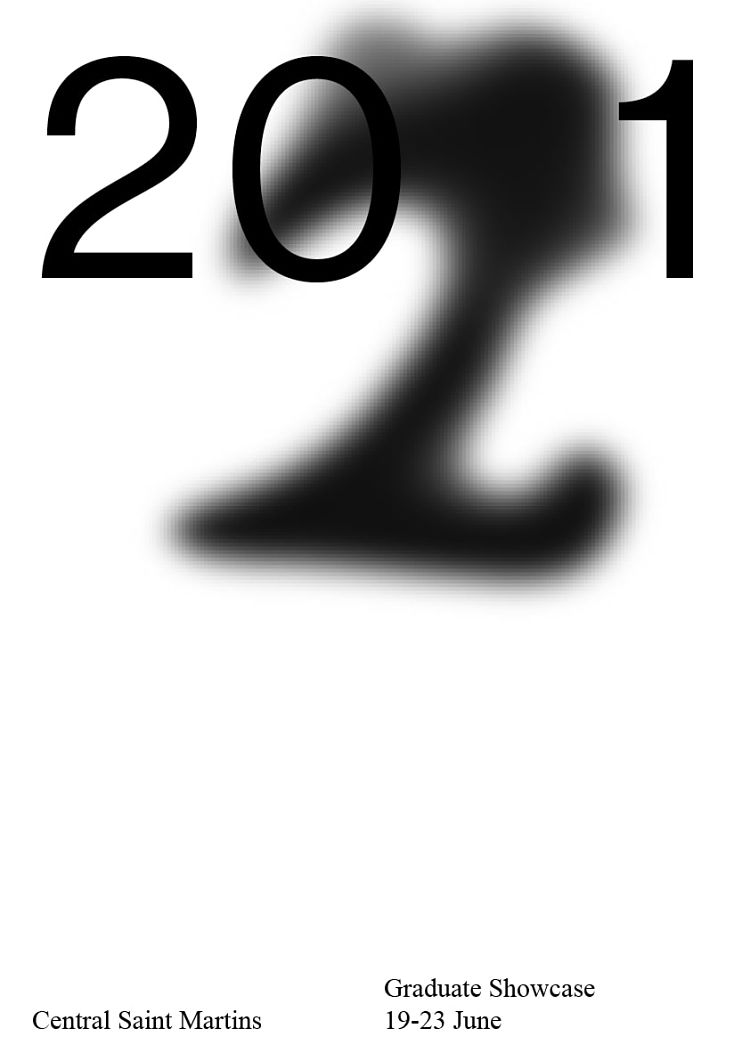 As the design process continued, the images became more nuanced and complex so that the final system evolved to be two layered GANs, “emerging but also influencing each other. It was initially black and white but once colour was introduced it was emotionally transformed,” the designers explain.
As the design process continued, the images became more nuanced and complex so that the final system evolved to be two layered GANs, “emerging but also influencing each other. It was initially black and white but once colour was introduced it was emotionally transformed,” the designers explain.
“Growth isn’t always linear; you go back and forth, you discover and rediscover,” says Max Zimmerer. “Even when we were introducing colour to the neural network, we spent a lot of time figuring out a colour palette, but once we fed it into the network, we relinquished control a bit. We didn’t know exactly what was going to happen and how it would interpret this information.”

 The images were created by a mixture of deliberate “training” of the GAN, and the randomness and chance inherent to such a system. The result is a beautifully woozy system of bold colours, stark black and white forms that take on an eerily spooky appearance, and barely perceptible character forms, which can be used for a huge range of applications and creates a beguiling system built on far more than what meets the eye.
The images were created by a mixture of deliberate “training” of the GAN, and the randomness and chance inherent to such a system. The result is a beautifully woozy system of bold colours, stark black and white forms that take on an eerily spooky appearance, and barely perceptible character forms, which can be used for a huge range of applications and creates a beguiling system built on far more than what meets the eye.
You might like...
- Autobahn - November 26, 2021
- Alphabetical - November 12, 2021
- SOFA Universe - November 8, 2021

